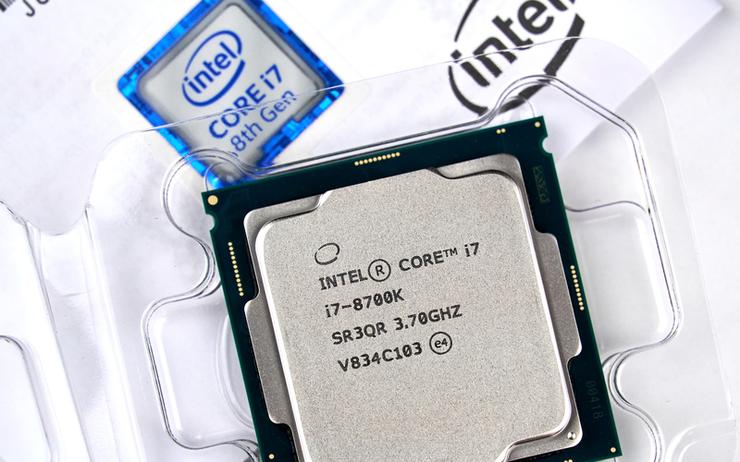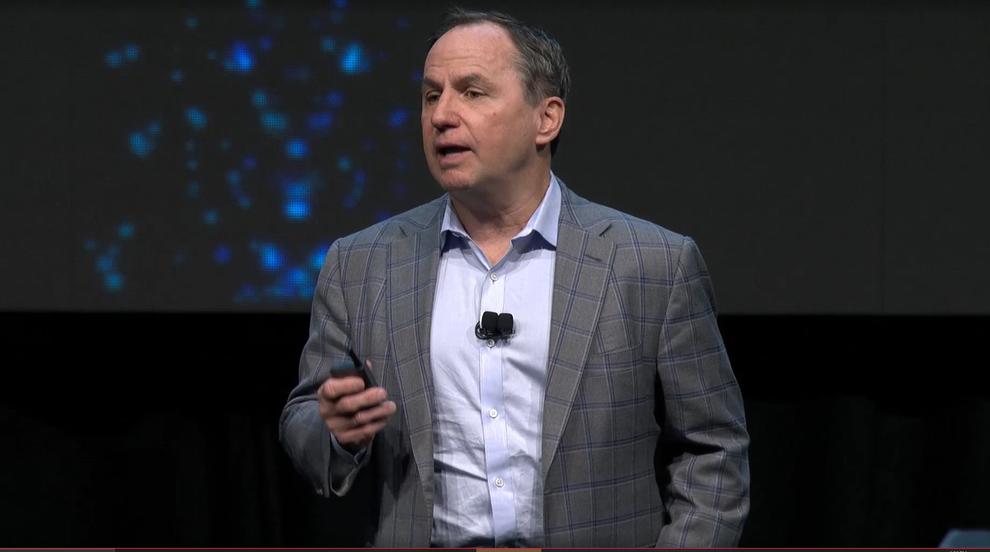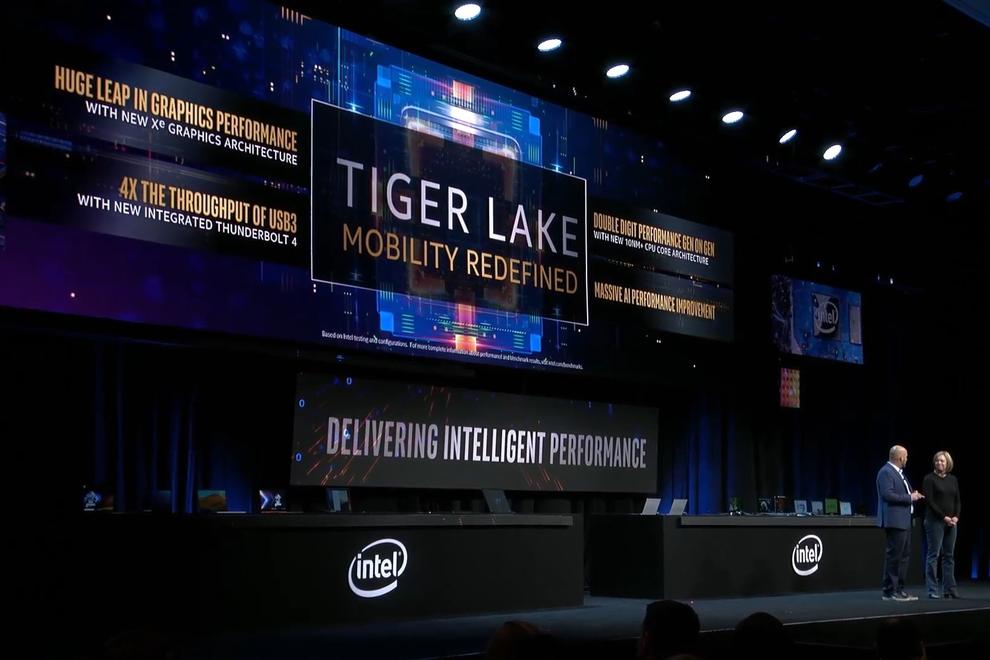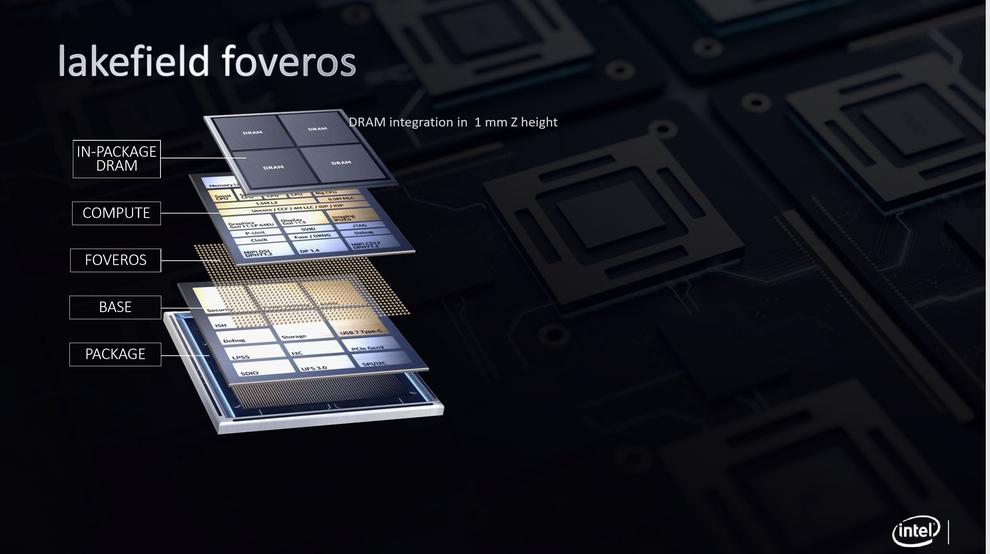 Credit: Dreamstime
Credit: Dreamstime
In announcing a six-month delayon its transition to 7nm products, Intel is doing its best to keep things moving—tweaking 10nm processors into another ‘+’ iteration, pushing out 10nm desktop CPUs, and announcing delays for its first Xe GPUs for the data centre, too.
In order to keep products on schedule, Intel may even manufacture them using external foundries—shocking news for industry watchers well-acquainted with Intel’s massive fab investment. Still, the shift could affect those chips’ pricing, and it’s uncertain whether Intel can deliver them on time.
Intel dropped several bombshells on Thursday. First, it acknowledged that a design defect in its 7nm manufacturing process will delay the transition from the current 10nm process to 7nm by six months, or a full year past its original internal expectations.
Second, Intel expects to deliver its first 10nm desktop CPU, Alder Lake, in the second half of 2021. Third, the company said that it will delay its first Xe GPU for the data centre until late 2021 or even 2022. Intel gave no guidance on its consumer GPU plans.
 Credit: Intel / YouTube
Credit: Intel / YouTube Intel’s strong quarter belies a weaker outlook
During its second quarter earnings call, Intel delivered solid revenue that exceeded expectations. Overall, Intel beat analyst projections compiled by Yahoo Finance, with overall net income of $5.1 billion (up 22 per cent from a year ago) on revenue of $19.7 billion (up 20 per cent year over year).
Intel’s Data Centre Group (DCG) and its Xeon chips were responsible for the better-than-expected results, however. DCG reported 43 per cent revenue growth and overall revenue of $7.1 billion. The PC-centric Client Computing Group reported just seven per cent revenue growth, for a total of $9.5 billion.
“It’s more and more Intel silicon, inside more and more computers, so we can have a larger impact on our customers’ success,” chief executive Bob Swan said during a call with Wall Street analysts on Thursday.
For 2020, Swan predicted that Intel would still enjoy record revenues of as much as $75 billion. Most of that revenue will be recorded in the first half (an odd reversal from Intel’s traditional strength during the holiday season), and most will come from additional investment Intel’s making in its current 10nm processors, with unit shipments increasing more than 20 per cent versus Intel’s January expectations.
That, in turn, means that Intel now has the capacity to address the low-end market it had abandoned during several quarters, where CPU shortages caused it to prioritise the “many core,” premium CPU market.
Intel chief financial officer George Davis said PC-centric sales were up two per cent from a year ago on strong notebook demand. Intel predicts that trend will continue into the second half—even as a more competitive environment forces lower prices.
 Credit: Intel
Credit: Intel Here’s what part of Intel’s roadmap looks like over the next two years. Intel’s Swan said that its next-gen Tiger Lake chip, which it announced in January, will ship in the next few weeks. Its first 10nm Tiger Lake chip for servers is also due before the end of the year.
But then there could be a wait: In the second half of 2021, Intel expects to deliver a new line of client CPUs code-named “Alder Lake”—which, significantly, will be its first 10nm-based desktop CPU. AMD is already shipping its 7nm Ryzen desktop chips as of a few days ago.
Intel also promises a new 10nm-based server CPU, code-named “Sapphire Rapids,” for the same year.
Intel’s unlucky 7nm transition
What went wrong with the 7nm transition? “We have identified a defect mode in our seven nanometer process that resulted in yield degradation,” Swan told analysts during the call. “We’ve root caused [identified] the issue and believe there are no fundamental roadblocks.
"But we have also invested in contingency plans to hedge against further schedule uncertainty. We’re mitigating the impact of the process delay on our product schedules by leveraging improvements in design methodology, such as die disaggregation and advanced packaging.”
Intel plans to solve the problem by making continued tweaks to the existing 10nm process, extending it longer than it would normally go. If this sounds like the existing “14nm+++ process” technologies, you’re right.
“We delivered a full node of performance improvement with our 14nm-based products by optimising our product and process together, and the power of our intra-node improvements continues with our next generation 10-nanometer-based client product, Tiger Lake,” Swan said.
 Credit: Intel
Credit: Intel “Much like what we’re able to do on 14 nanometers, [we can] get another node of performance within that 10 nanometers in and of itself,” Swan added later in the call.
The problem is that Intel still has to meet its own timetables in an increasingly competitive environment, and so it’s considering doing something that’s almost anathema to Intel’s tradition of manufacturing leadership: turning to another company to manufacture its chips.
Swan said, for now, the company’s hedging its bets: “To the extent that we need to use somebody else’s process technology and we call those contingency plans, we will be prepared to do that,” he said of the foundry plans.
Swan said that he feels “very good through the 2022 timeframe,” and that those contingency plans would be evaluated for 2023 and beyond. On the other hand, Intel needs to start thinking about and making the decision to outsource its manufacturing now, so as to anticipate the various technical and financial “moving parts” that would be required, he said.
“We’re going to be pretty pragmatic about...whether we should be making stuff inside, or making stuff outside, and making sure we have [options],” Swan said.
The Lakefield model
Somewhat surprisingly, Swan said that the company already designed in a hedge against using external foundries into two products: “Lakefield,” a hybrid of Atom and Core processors that has begun shipping into the Samsung Galaxy Book S notebook, as well as the upcoming “Ponte Vecchio” GPU for servers. The latter chip will ship as late as 2022.
According to Swan, both chips were designed with various “tiles,” an abstraction of the various bits of memory, GPU, I/O, and other logic in both. This die disaggregation strategy will be discussed further at Intel’s upcoming Intel Architecture Day, Swan said.
But the strategy will be more broadly applied going forward to give Intel more manufacturing options. The company wants to package those chips in house, however, so that it can use its Foveros technology to allow Intel to stack the various processor and memory logic vertically, allowing Intel to sell vertically oriented, space-saving chips to its customers.
That, Swan said, explains the difference in the six-month gap between the 7nm product delay and the 12-month slippage in its original process expectations. The die disaggregation and Intel’s advanced packaging allowed the company to accelerate the delivery timeframe, even as the underlying process slipped.
Analysts think that Intel may have some tricks up its sleeve. "The 7nm push isn't a positive announcement as many products were dependent on it," said Patrick Moorhead, principal of Moor Insights and Strategy, in a direct message.
"Knowing Intel, it always has back-ups for its back-ups and I am sure we will be hearing about enhancements to 10nm to increase its competitiveness. The company has done well financially, particularly well in the data centre, notebook and commercial product lines, on 14nm when the rest of the world was on TSMC 10nm."
All this means that if you’ve been waiting for a next-generation 10nm desktop processor for Intel, you’ll wait even longer—giving rival AMD that much more time to push its own rival chips.
While rumours surfaced that AMD’s own next-gen Zen 3 architecture was pushed back, they simply aren’t true. AMD’s Ryzen 4000 desktop chips look extremely powerful, though they’ve yet to be tested—and there’s Threadripper Pro, too. Meanwhile, Intel’s strategy of process tweaks isn’t going away anytime soon.

















